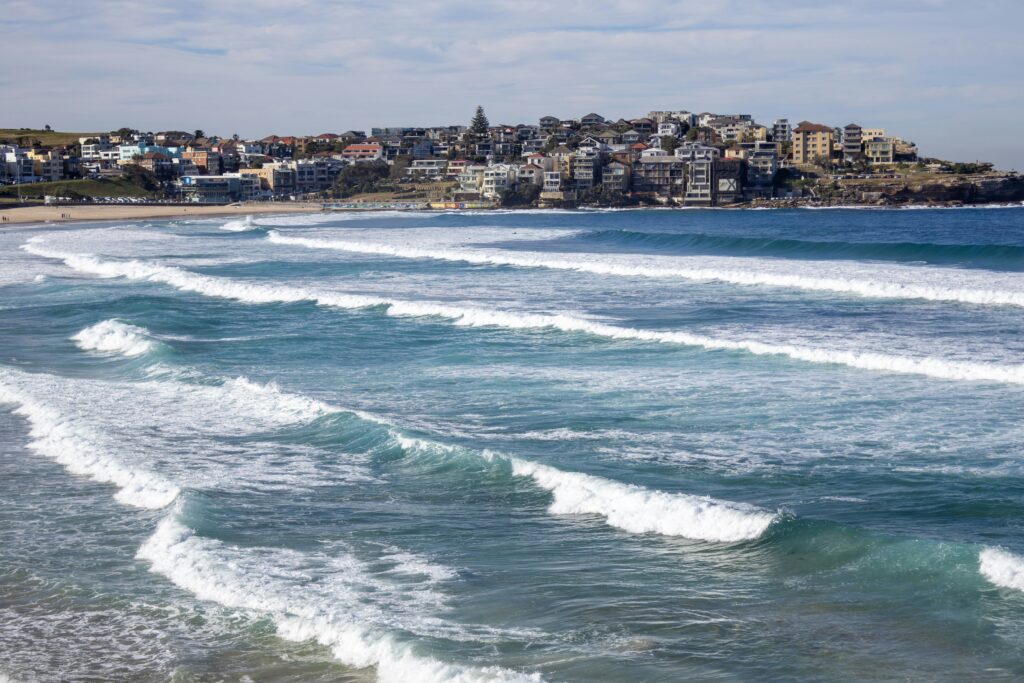Table of Contents
- What Makes Waterfront Living Special
- Critical Elements of Waterfront Design
- Balancing Nature and Living Spaces
- Sustainable Architecture in Waterfront Communities
- Preserving Ecosystems
- Community Benefits of Waterfront Living
- Future Trends in Waterfront Communities
- Conclusion
What Makes Waterfront Living Special
Waterfront living offers a harmonious blend of tranquility and vibrancy that attracts many. Positioned by the water, homes boast scenic views and an inherent sense of peace and relaxation. This proximity to water can significantly enhance mental well-being, offering a daily escape from the clamor of urban life. For those considering such a lifestyle, exploring homes for sale in Ottawa IL can provide insights into the options available in serene environments. The calming water vistas and open skies offer an unparalleled backdrop for relaxation and reflection.
Beyond the peaceful ambiance, waterfront living is replete with opportunities for leisure and activity. Residents enjoy activities such as kayaking, paddleboarding, or simply walking along the waterfront trails. These activities are not just pastimes; they contribute to a healthy and active lifestyle. Additionally, the aesthetic appeal of waterfront communities often extends to the architectural design, landscaping, and local biodiversity, further enhancing the overall living experience with a comforting connection to nature.
Critical Elements of Waterfront Design
The design of waterfront communities is a testament to the seamless amalgamation of nature and technology, ensuring that every structure accentuates the natural beauty that surrounds it. Key elements include open spaces inviting the outside and design features facilitating easy water access. Architecture inspired by the natural landscape, using materials and forms that reflect the surrounding ecosystem, enhances the community’s beauty and functionality.
Pathways that link homes to the waterfront encourage exploration and connectivity, fostering a sense of community among residents. Amenities such as shared docks and boathouses provide practical benefits and serve as communal hubs where neighbors can meet. These features highlight the thoughtful design priorities inherent in successful waterfront developments, where personal and shared spaces are cherished and accessible.
Balancing Nature and Living Spaces
Successfully designing a waterfront community means balancing preserving the landscape and providing comfortable, modern living spaces. Architects and planners often focus on minimizing the environmental footprint of developments while maximizing the natural beauty that draws people to these areas in the first place. Strategic placement of buildings, careful use of materials, and integration with the landscape are vital components of this balance. The impact of architecture on waterfront revitalization is evident in how these designs preserve natural coastal lines while enhancing usability for residents. Strategically maintained open spaces offer leisurely green areas and maintain ecological integrity, ensuring the area remains vibrant and visually appealing.
Sustainable Architecture in Waterfront Communities
Sustainability is imperative in waterfront architecture, which focuses on creating environmentally responsible and resource-efficient solutions throughout a building’s lifecycle. These practices include:
- Carefully selecting materials from sustainable sources.
- Designing energy-efficient buildings.
- Introducing sustainable energy options such as solar panels and wind turbines.
Moreover, sustainable architecture in these communities involves a comprehensive water conservation and management approach. Innovative stormwater systems are crucial, effectively handling runoff and preventing erosion to protect the built environment and natural ecosystems. Integrating these systems becomes essential in ensuring long-term sustainability and livability.
Preserving Ecosystems
One critical challenge in designing and maintaining waterfront communities is preserving local ecosystems. These areas often house many plant and animal species, each contributing to their natural richness and biodiversity. Developers and residents must adopt practices that protect and enhance these environments, employing green techniques and technologies supporting ecosystem health.
Examples of such measures are widely evidenced in the use of green infrastructure protecting waterfronts, allowing the natural landscape to thrive alongside human habitats. Features like rain gardens, permeable pavements, and natural shorelines help mitigate flooding and erosion while encouraging biodiversity.
Community Benefits of Waterfront Living
Waterfront communities often foster a distinct sense of camaraderie and shared purpose, as the natural setting provides both a unifying element and a backdrop for social interaction. Public spaces, like parks and promenades, are thoughtfully incorporated, offering places for recreation and social gatherings where neighbors can connect and build relationships. Community centers, collaborative gardening areas, and shared boating amenities enhance this communal spirit, making these neighborhoods attractive for their environmental aspects and the vibrant, connected lifestyles they support. This shared experience of living close to nature encourages a nurturing and cohesive community dynamic.
Future Trends in Waterfront Communities
The future of waterfront communities is bright and innovative, with trends emphasizing sustainability, technology, and eco-conscious living arrangements. Smart home technology incorporating energy and climate monitoring systems proliferates, providing residents with enhanced control over their living environments and promoting further resource preservation. At the same time, urban planners and developers are rethinking traditional approaches to housing density and green space allocation, aiming for designs that prioritize ecological resilience and self-sufficiency. Such forward-thinking approaches promise a future where waterfront living is more integrated with natural habitats and responsive to environmental changes and challenges.
Conclusion
Waterfront communities represent a unique blend of serenity, community, and modern living, crafted through careful design and a deep respect for nature. The art of designing these areas lies in balancing human comfort with ecological preservation, offering residents an oasis of tranquility without compromising on modern conveniences.
